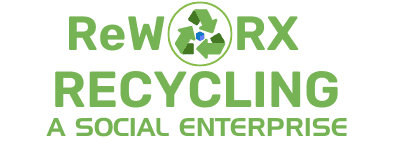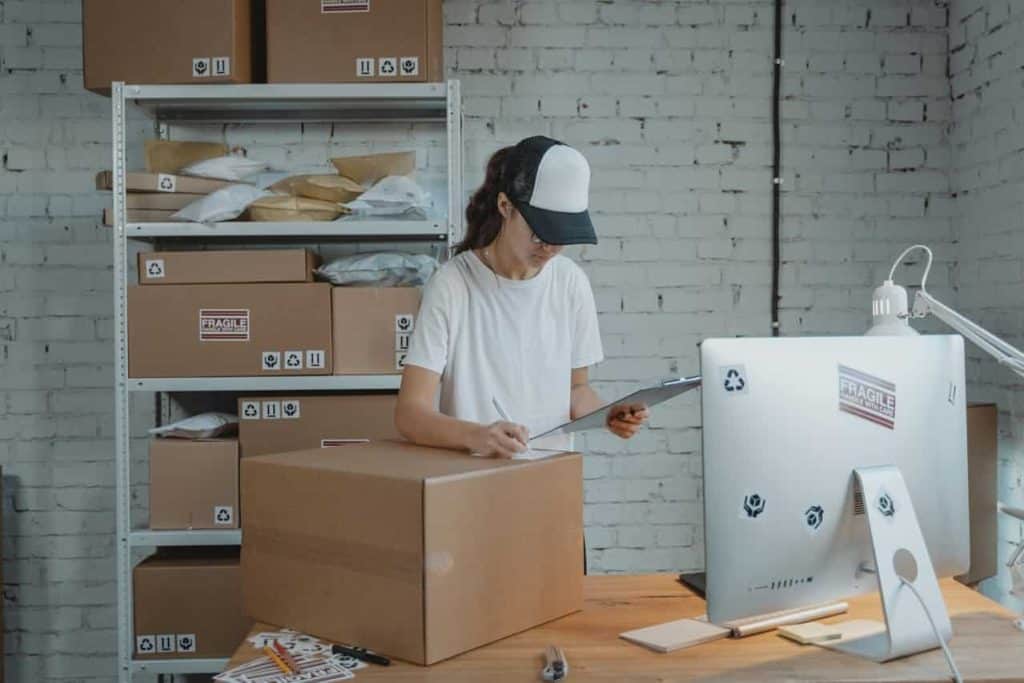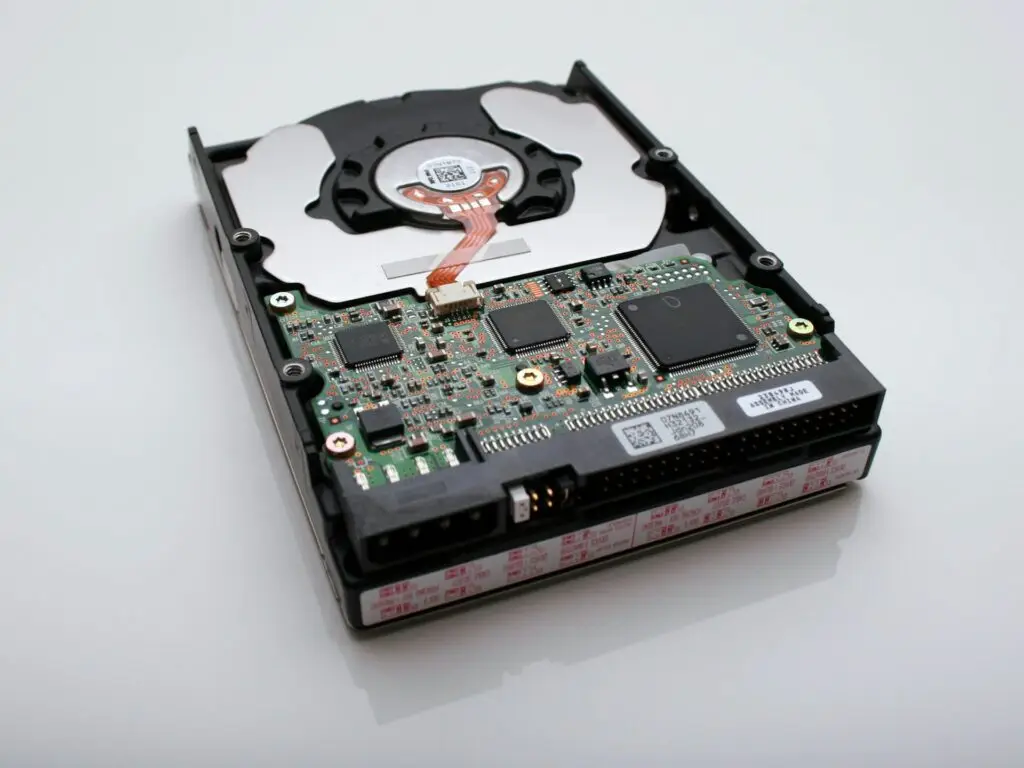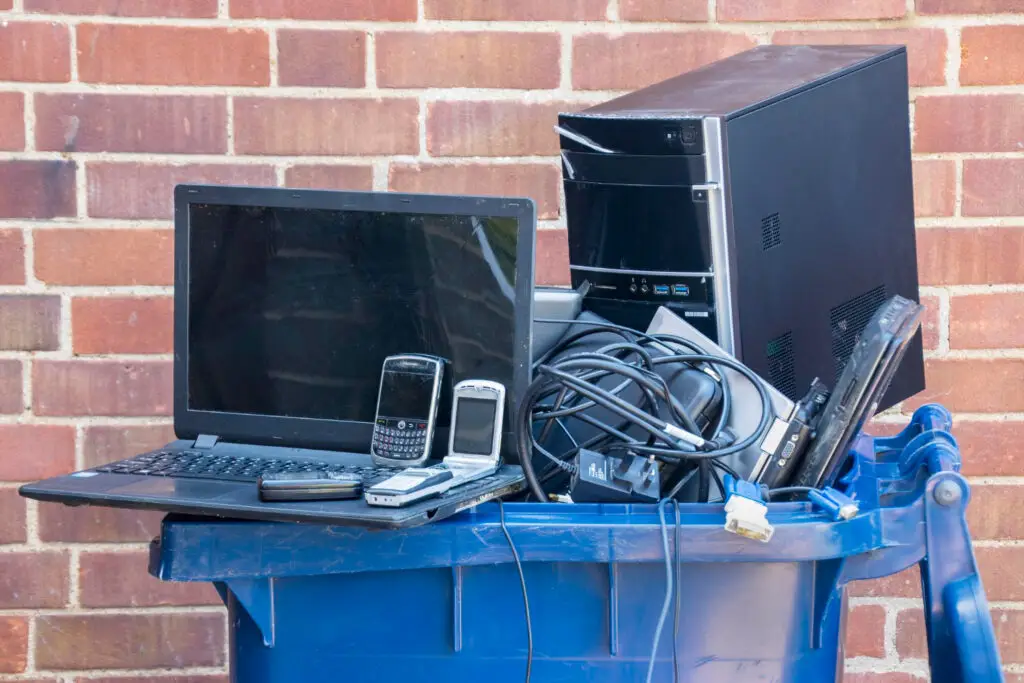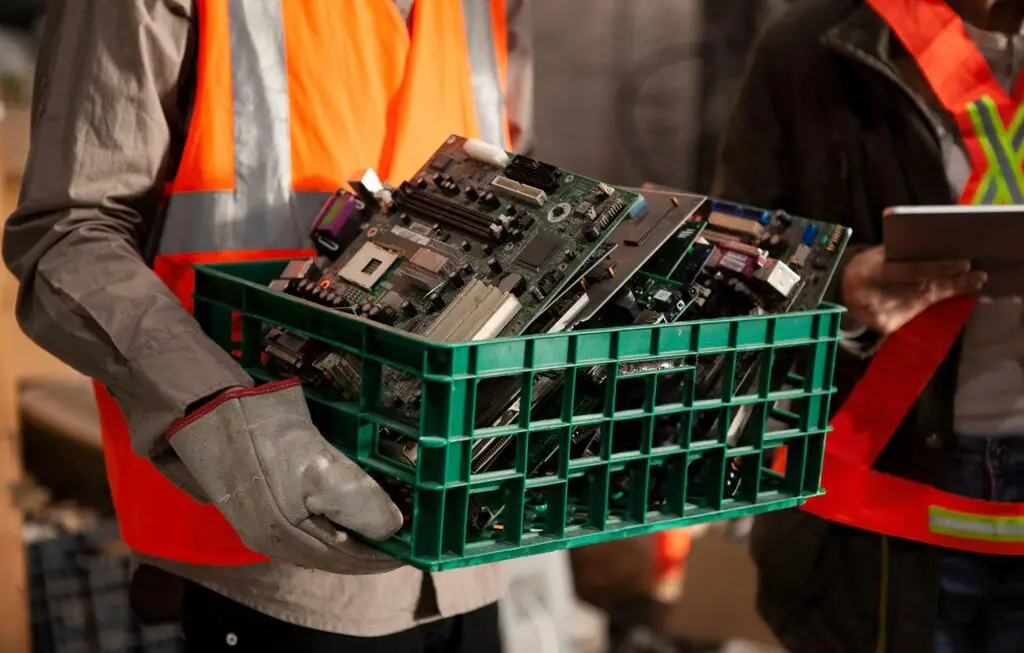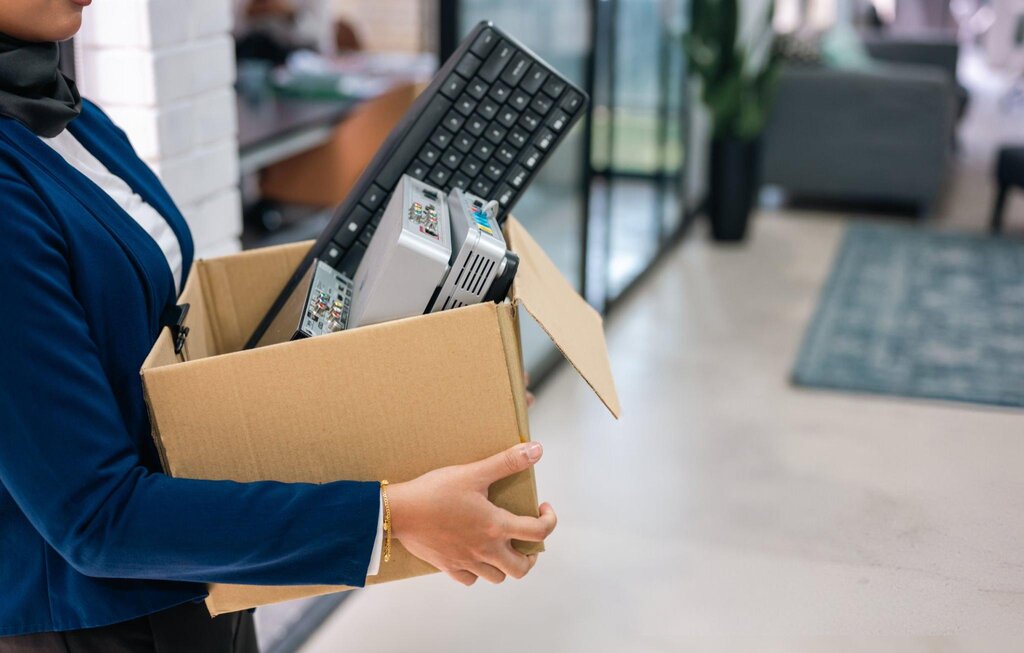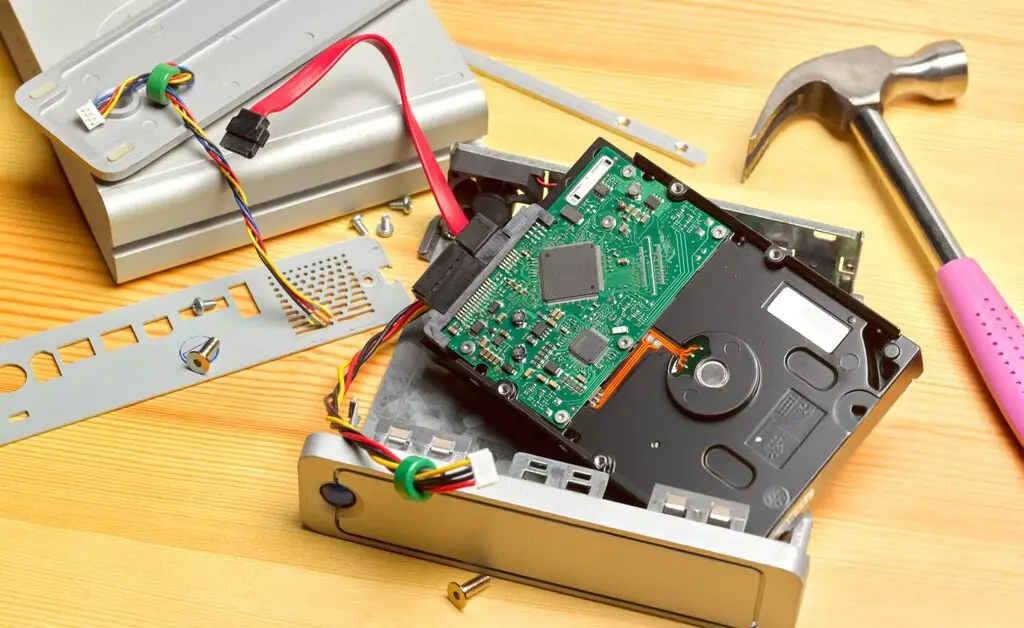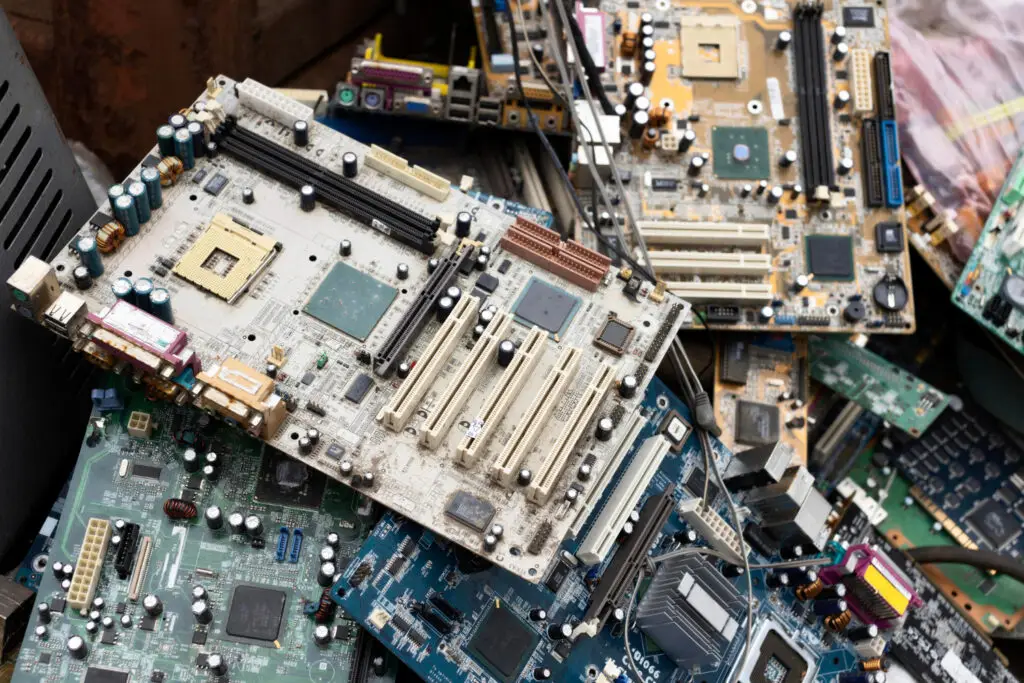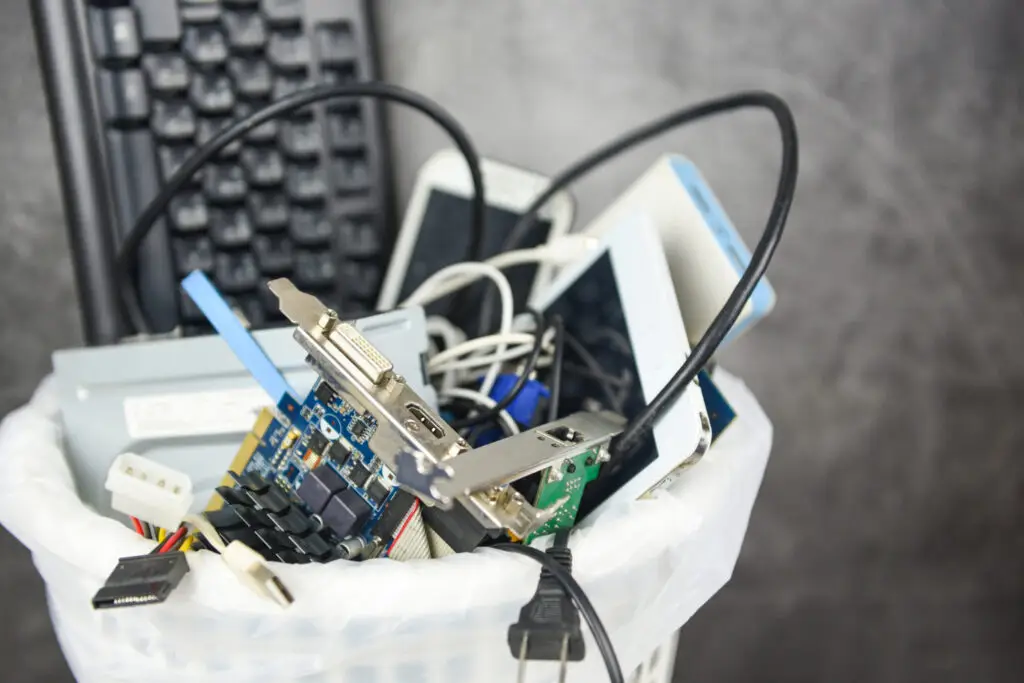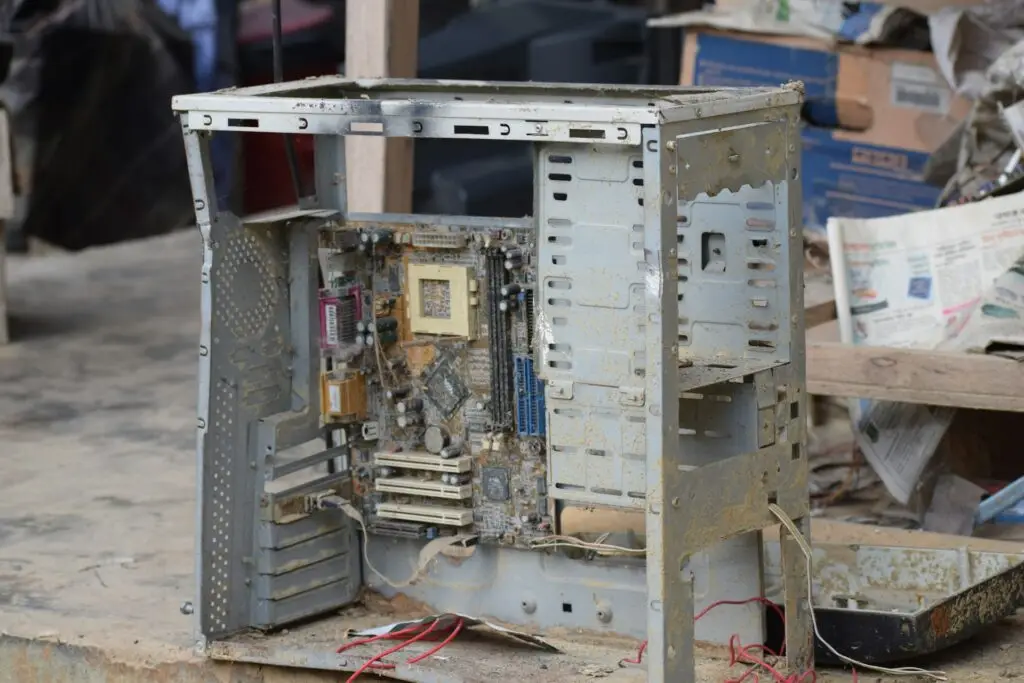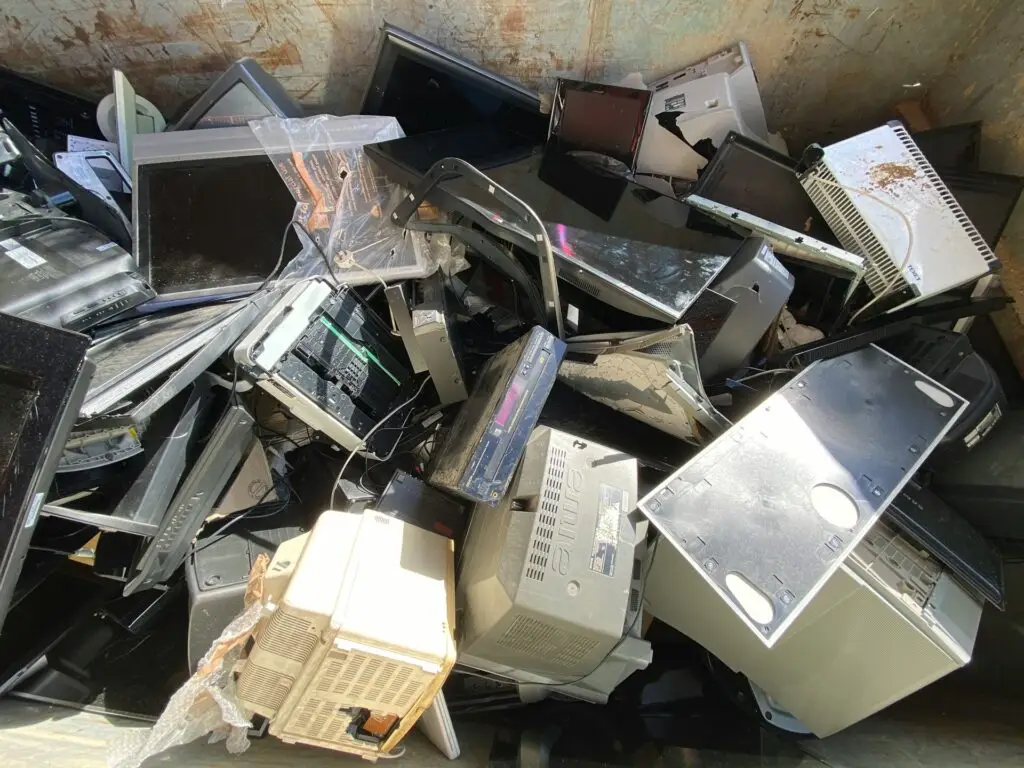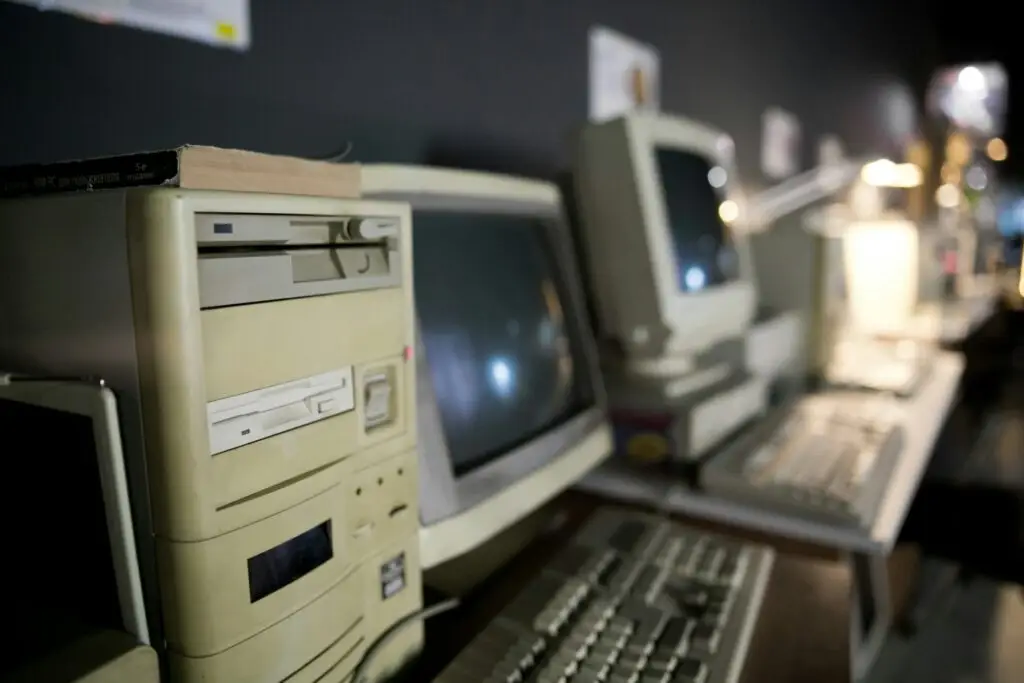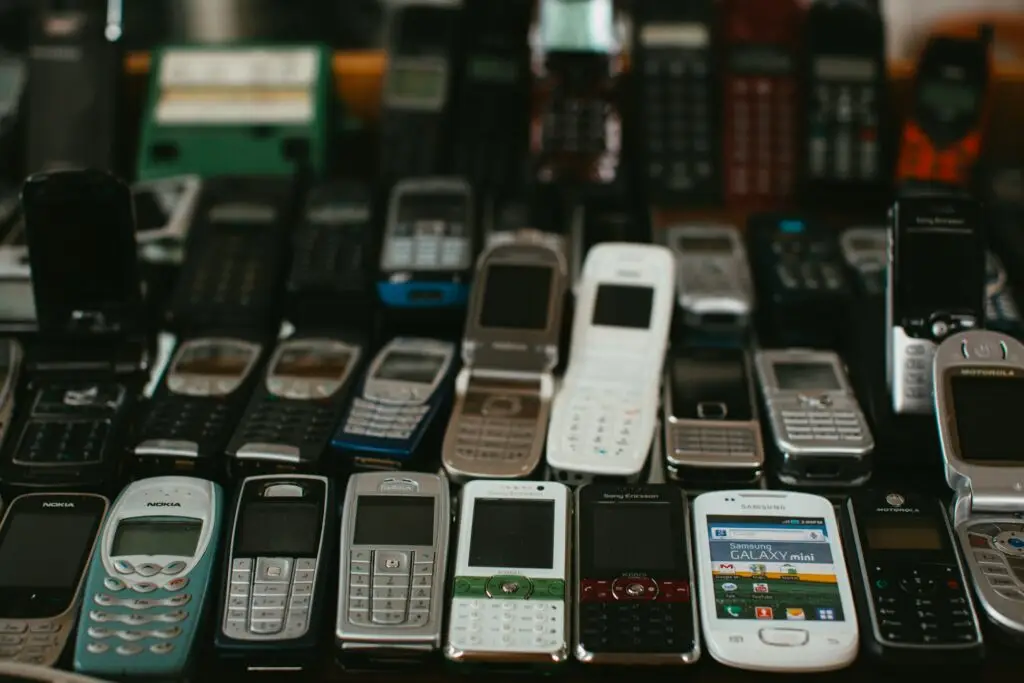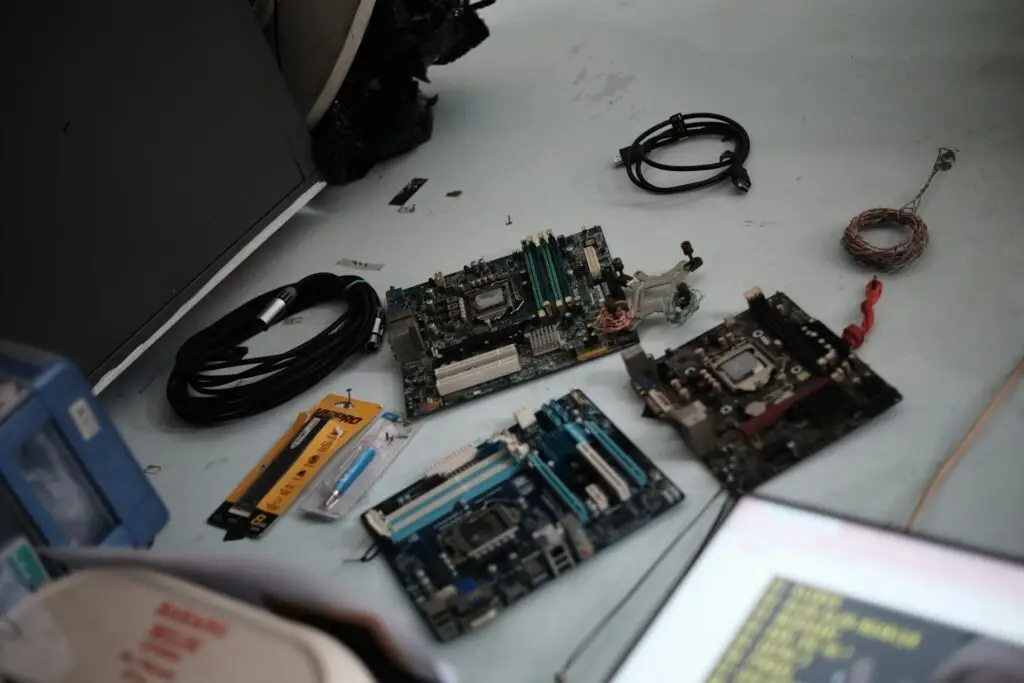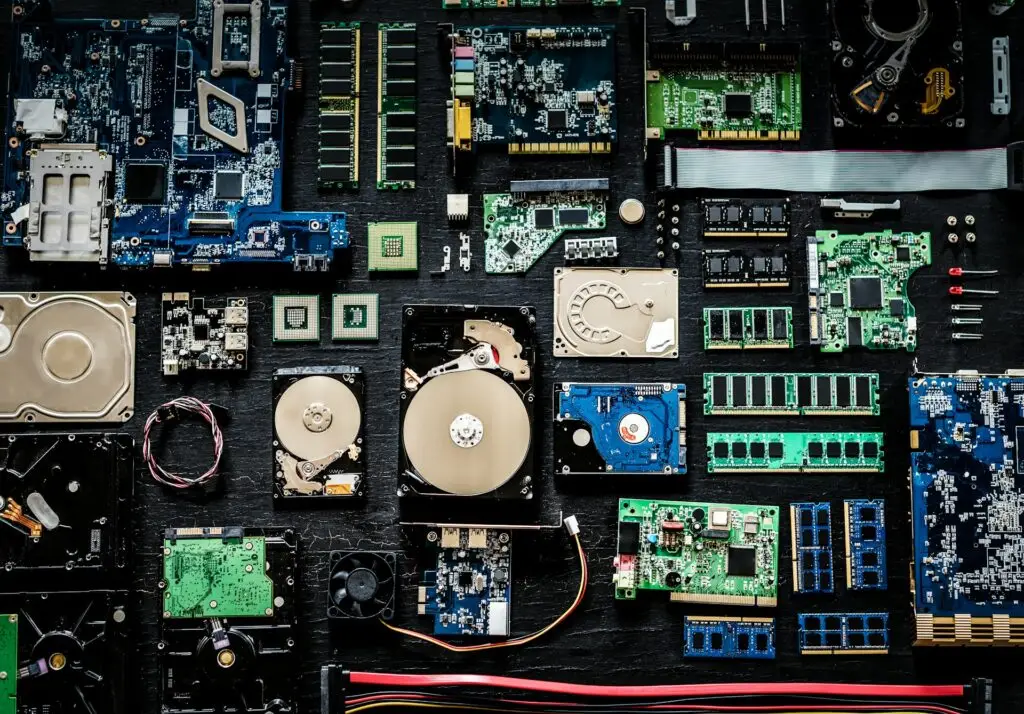The increasing demand for electronic devices has created a pressing need for sustainable solutions to manage end-of-life and surplus computer equipment. Reverse logistics plays a crucial role in promoting eco-friendly disposal methods, enabling organizations to coordinate the various stages of IT asset disposition in a streamlined and environmentally conscious manner. By integrating reverse logistics strategies into your company’s disposal processes, you can not only minimize your environmental footprint but also capitalize on significant cost savings and operational efficiencies.
Reverse logistics involves the strategic planning and execution of the flow of electronic assets from their end user to the appropriate destination, such as a recycling facility or a refurbishment center. This process is crucial for effectively managing end-of-life and surplus equipment, ensuring that valuable materials are reused, recycled, or properly disposed of in compliance with environmental regulations. Incorporating reverse logistics into your IT asset disposition strategy is essential for driving sustainable growth and adhering to your organization’s corporate social responsibility goals.
In this blog post, we will delve into the importance of reverse logistics in IT asset disposition, discuss the environmental and financial benefits it offers, and highlight how ReWorx Recycling’s Reverse Logistics expertise can support your organization in achieving its sustainability goals. Optimize your electronic waste management initiatives by embracing the power of reverse logistics today.
Environmental Benefits of Reverse Logistics
Adopting reverse logistics strategies in your IT asset disposition processes can yield significant environmental advantages. Some key benefits include:
1. Reduced Electronic Waste: By streamlining the collection and transportation of end-of-life equipment, reverse logistics helps minimize electronic waste, ensuring that valuable materials and components of electronic devices are repurposed or recycled rather than ending up in landfills.
2. Conservation of Resources: Reverse logistics enables organizations to recover and reuse valuable materials, reducing the demand for new raw materials and conserving natural resources.
3. Lower Carbon Footprint: By facilitating the efficient transport of electronic assets to recycling facilities or refurbishment centers, reverse logistics minimizes the overall transportation-related carbon emissions, contributing to a greener supply chain and a reduced carbon footprint.
4. Compliance with Environmental Regulations: Implementing reverse logistics processes helps organizations meet environmental regulations and standards, such as the Resource Conservation and Recovery Act (RCRA) and the Waste Electrical and Electronic Equipment Directive (WEEE), which mandate responsible electronic waste disposal methods.
Financial and Operational Advantages of Reverse Logistics
In addition to its environmental benefits, incorporating reverse logistics into your IT asset disposition strategy can also lead to substantial financial and operational gains. These benefits include:
1. Cost Savings: Efficient reverse logistics processes can translate into reduced transportation, storage, and disposal costs for organizations, resulting in significant cost savings.
2. Improved Operational Efficiency: Streamlining the management of end-of-life equipment via reverse logistics allows your organization to optimize the use of its resources and time, leading to better operational efficiency.
3. Enhanced Reputation: Emphasizing responsible disposal practices through the implementation of reverse logistics showcases your business’s commitment to sustainability and corporate social responsibility, boosting your company’s reputation among customers, partners, and stakeholders.
4. Value Recovery: Reverse logistics can facilitate the recovery of residual value from end-of-life assets through refurbishment, resale, or recycling, generating additional revenue streams for your organization.
Implementing Reverse Logistics Best Practices in Your Organization
To maximize the benefits of reverse logistics in your IT asset disposition initiatives, it’s crucial to adopt certain best practices. These strategies can help your organization efficiently manage end-of-life equipment while fostering sustainable growth:
1. Develop a Clear Reverse Logistics Plan: Start by mapping out your organization’s reverse logistics processes, including collection, transportation, and final disposition of electronic assets. Establish clear roles and responsibilities at every step to ensure smooth execution.
2. Collaborate with Stakeholders: Engage with internal and external stakeholders—including suppliers, vendors, and employees—to ensure they understand the importance of reverse logistics and actively participate in its implementation.
3. Monitor Performance Metrics: Regularly assess and refine your reverse logistics processes by monitoring key performance indicators, such as transportation costs, materials recovery rates, and the percentage of electronic assets recycled or refurbished.
4. Continuously Improve: Encourage a culture of continuous improvement by identifying areas of inefficiency, adapting to changing regulations or market conditions, and implementing new technologies or processes as needed.
Leveraging ReWorx Recycling’s Reverse Logistics Expertise
ReWorx Recycling’s Reverse Logistics services offer businesses comprehensive support in managing their end-of-life and surplus computer equipment in an environmentally friendly and cost-effective manner. By choosing ReWorx Recycling as your reverse logistics partner, you can benefit from:
1. End-to-End Management: ReWorx Recycling manages the entire reverse logistics process, from collection and transportation to final disposition, ensuring optimal efficiency and adherence to environmental regulations.
2. Customized Solutions: Our team of experts will collaborate with you to develop a tailored reverse logistics plan that meets your organization’s unique needs and sustainability objectives.
3. Secure Data Protection: To safeguard your company’s sensitive information during the disposal process, ReWorx Recycling offers Secure Data Destruction services, ensuring that your data remains protected and confidential throughout the reverse logistics journey.
4. Sustainable Practices: Partnering with ReWorx Recycling means embracing environmentally friendly disposal solutions for your electronic assets, minimizing your company’s environmental impact, and contributing to a greener future.
Conclusion
Reverse logistics is a vital component of sustainable IT asset disposition, offering businesses both environmental and financial benefits. By integrating reverse logistics strategies into your electronic waste management processes, your organization can minimize its environmental footprint, optimize operational efficiency, and maximize value recovery from end-of-life assets. ReWorx Recycling’s Reverse Logistics services provide the expertise and support your company needs to excel in sustainable electronic waste management—partner with us today, your expert electronics recycler, to elevate your organization’s commitment to environmental stewardship.
